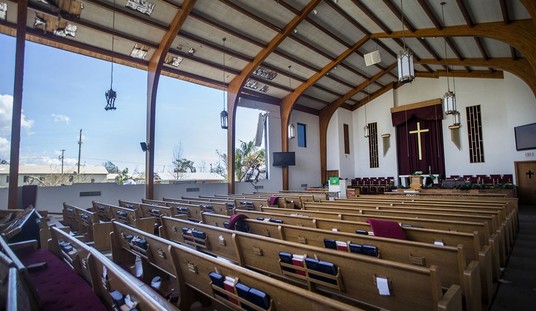You may have heard that teachers in Los Angeles are on strike this week. It turns out that one of the key drivers of the strike isn’t salary demands, where the negotiators from both sides are reportedly close, but charter schools. LA teachers want the charter schools reigned in because they claim they are siphoning money away from non-charter schools. Yesterday, the Washington Post editorial board criticized that stance:
The union, casting the impasse as “a struggle over the future of public education,” has taken direct aim at the charters, largely non-union, which enroll about 1 in 5 of all L.A. public school students. The union wants a cap on their growth, along with stricter regulation. Trotted out is the now-familiar and phony trope about charters “draining” or “siphoning” money from public schools. Charters are public schools. In California, they are operated by nonprofit organizations, and the money they receive is public per-pupil funding that follows students. It is not the district’s money, nor the union’s money; it is the students’ money. In Los Angeles, 88 percent of these students are Latino and black, and 82 percent are low-income. A 2015 Stanford University study found that students at charters in Southern California are learning more than their counterparts in traditional public schools. No question that charters must be held accountable, as all schools should be. But whose interest would be served by capping their growth and inhibiting their operations? Not the children’s.
One of the common complaints made by supporters of traditional public schools is that charter schools take the cream of the crop and don’t have the same share of disabled students. That’s true but the difference is fairly slight according to the 2015 Stanford study mentioned above. So, for instance, traditional schools in southern CA have 6% of their students in special education while charter schools have 5 percent. Traditional schools have 76% of their students living in poverty while charter schools have 68%. That’s a difference but it’s still the case that two-thirds of charter students are living in poverty (in southern CA).
The same study found charter schools had the most impact (nationwide) with black and Hispanic students in poverty and with Hispanic students who were learning English as a second language. The report states, “In most urban regions with strong charter sectors, the major drivers of these effects are their high performance with students in poverty, Black and Hispanic students, and English Language Learners.” In other words, exactly the sort of students who attend school in Los Angeles.
The Post editorial concludes:
Teachers in Los Angeles, like those in West Virginia and other states that saw a wave of protests last year, are right to focus attention on the need for public support of public education. California, despite its liberal image, lags behind much of the country on education spending, and the union would be more than justified to address its protests to Sacramento. But to the California Charter Schools Association? Depriving poor children of public-school options does not strike us as a progressive value.
Charter schools are benefiting kids in Los Angeles. Why would the teacher’s union want to shut down schools over that?
Here’s a Vice News report on the reasons for the strike:







Join the conversation as a VIP Member